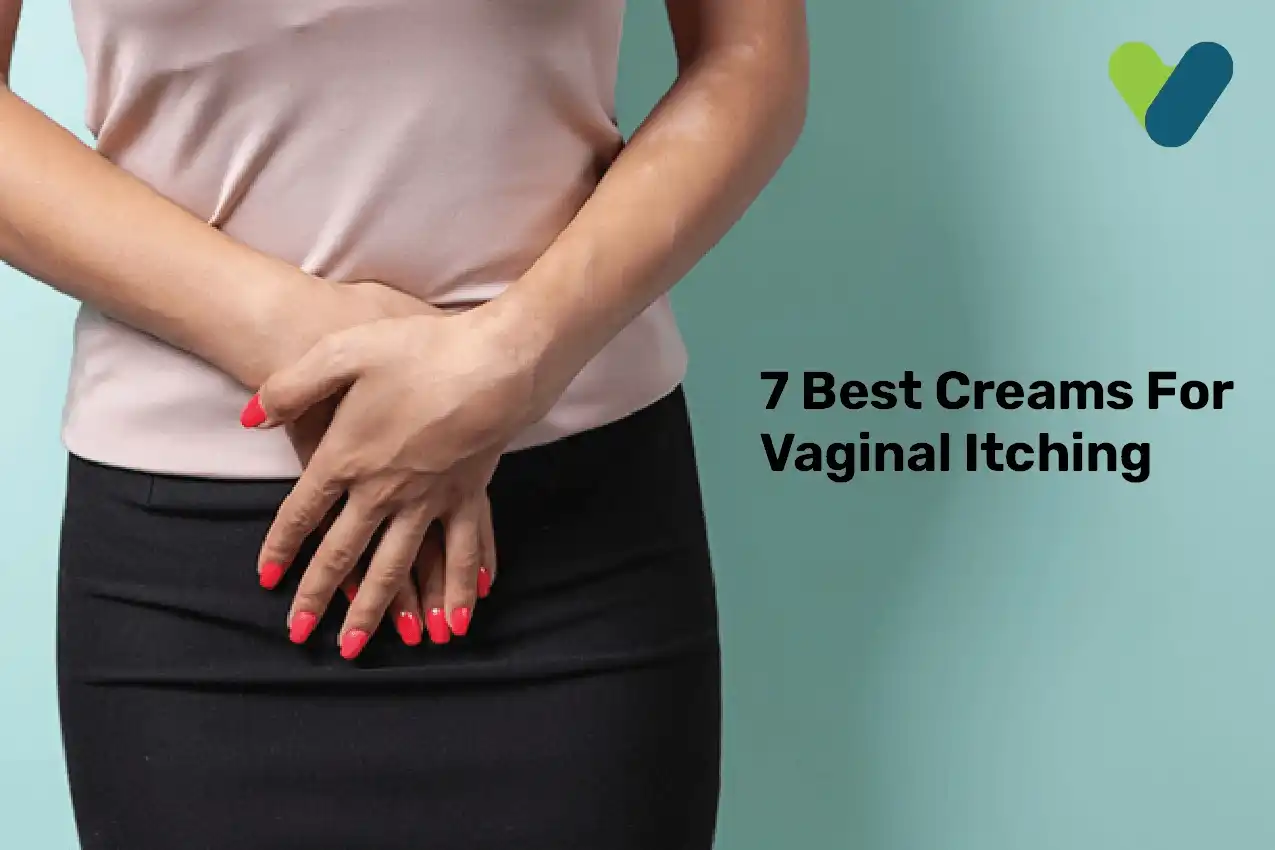In today’s fast-paced times, many of us are caught up in our busy lives, often neglecting our overall health. While we may engage in some form of physical workout, we tend to neglect our mind and spirit. However, yoga, an ancient practice, offers a holistic approach to health by aligning the mind, body, and soul. Yoga consists of combining mindful breathwork while performing various poses, known as asanas. Among these asanas, Bhekasana, or the Frog Pose, holds significant benefits. ‘Bhekasana’, which is derived from the Sanskrit words ‘manduka’ which translates to ‘frog’ and ‘asana’ which means ‘pose’, resembles the position of a frog when fully executed. For this reason, it is commonly known as the ‘frog posture’. To understand more about why you should perform the frog posture, how to perform it correctly, and explore its benefits, continue reading.
What is the Frog Posture?
The frog posture, known for its hip-opening benefits, involves intense stretching and extension of the hip muscles. According to traditional teachings, the frog posture is said to stimulate the Svadisthana chakra, which is recognized as the second primary chakra in Hindu tantric practices. This chakra is associated with the sacrum and spleen, situated at the lower base of the spine between the hips. Opening this chakra is closely connected to pleasure, creativity, and enjoyment. It can enhance productivity, improve focus, and foster internal acceptance. Like most yoga poses, the Frog Pose offers various variations to explore. One of the more popular variations of the frog yoga pose is the ‘Ardho Mukha Bhekasana pose’. In Sanskrit, the name of this variation translates to ‘downward-facing frog posture’.(2) The processes for performing both the original pose and its variations are discussed below.How to Perform the Frog Pose?
The Frog Pose may be perceived as challenging to perform; however, it is often due to improper execution. To ensure that you perform the pose correctly, here are the steps you can follow:- To get maximum Bhekasana benefits, it is best to begin with Balasana, also known as the Child’s pose, as your preparatory position.
- Sit on the floor with your hands and knees touching the ground, resembling the tabletop pose.
- Align your arms with your shoulders and position your knees directly under your hips for a few seconds.
- Gradually move both knees’ outwards to the sides while keeping your ankles and feet in line with your knees.
- Take deep breaths and feel the stretch in your lower body, thighs, and hips.
- Open your hips by shifting your feet outward and stretching your ankles until your inner foot, ankles, and knees touch the floor. If needed, you can use a blanket for support and reduce tension.
- Slowly lower your forearms and elbows onto the floor, placing your palms flat on the surface. This is the Frog Pose. Hold this position for 5 to 10 breaths.
- Exhale and extend your arms forward. Lower your torso, including your abdomen, chest, and chin, to parallel with the floor.
- Move your hips backward while maintaining stability, creating a deeper opening in the hips. Hold the pose for a few breaths.
- To conclude, gently lift your body and push through your hands to release the pose. Keep your knees together as you come back up and sit on your heels.
What are the Benefits of Bhekasana?
Here are the various Bhekasana, or Frog Pose benefits that can have a significant positive impact on your health and wellbeing:- Concentration Performing the Frog Pose helps improve concentration by training you to focus on the movements and adjustments required to align your body, particularly the knees, hips, and feet. This mindful awareness of your body's positioning enhances concentration skills.
- Stability One of the core Frog Pose benefits is that it applies pressure to key areas of your body, such as the spine, lower back, and groin. This pressure stimulates the muladhara chakra located at the base of the spine. By activating this chakra, the Frog Pose promotes physical stability, mental wellbeing, and improves spiritual and emotional aspects of life.
- Diabetes Studies suggest that practicing the Frog Pose can potentially improves insulin production and regulate blood sugar levels, making it beneficial for managing high blood sugar levels and diabetes.
- Digestion: During the practice of the Bhekasana Pose, it is believed to activate the manipura chakra, also known as the solar plexus, located in the navel area. This activation has beneficial effects on digestion as it stimulates the digestive organs. The pose may generate gentle pressure on the stomach, which can activate the internal organs and improve metabolism. This pressure also facilitates the production of digestive fluids required for efficient digestion, relieving constipation, and aiding in the release of gases, ultimately promoting smoother bowel movements.
- Mental Health The Frog Pose can help relax the mind and alleviate issues such as anxiety, stress, and depression. By opening the hips, pelvis, and back, it facilitates the release of blocked negative emotions, providing a sense of lightness. Additionally, it improves circulation of blood and oxygen supply to the body, further contributing to mental wellbeing.
Risks and Precautions of Bhekasana Pose
Contraindications: Avoid Bhekasana if you have high blood pressure, hip pain, abdominal injuries, or knee pain. Precautions:- Individuals with knee pain should refrain from this pose as it may worsen the pain.
- If you experience hip pain, it is advisable to avoid Bhekasana to prevent any complications.
- Pregnant women should exercise caution and perform this pose under the supervision of a trainer.
- If you have high blood pressure or heart conditions, consult your doctor before attempting the frog pose.
- If you have an abdominal injury, it is best to wait until it has fully healed before practicing Bhekasana.


